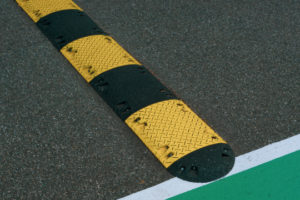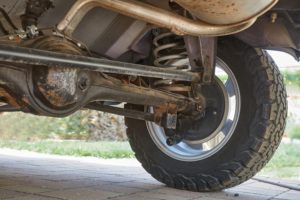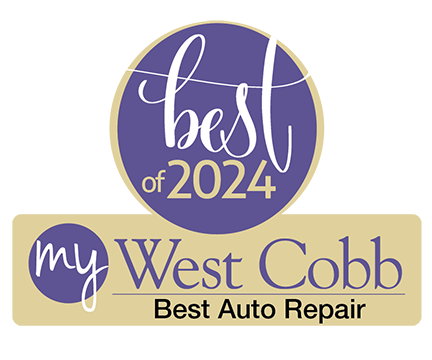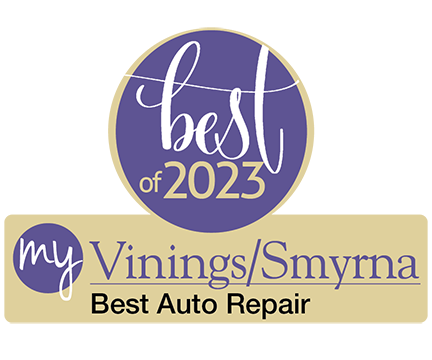Speed bumps serve a very important purpose, helping prevent drivers from traveling too quickly in areas with many pedestrians. Despite their lifesaving intent, speed bumps aren’t always kind to vehicles. How bad are speed bumps for your car’s alignment? Let’s find out.
How bad are speed bumps for your car’s alignment?
 In order to answer this question, it’s important that we first need to make a distinction between speed bumps and speed humps.
In order to answer this question, it’s important that we first need to make a distinction between speed bumps and speed humps.
- Speed bumps: These are compact, steep, obstacles that can be jarring for you, your vehicle, and your passengers regardless of how fast you are going.
- Speed humps: These look more like small hills across the road and are much gentler on your vehicle – as long as you aren’t speeding, anyway.
Speed humps are unlikely to damage your car unless you are going too fast. Speed bumps, on the other hand, must be taken slowly in order to avoid damaging your suspension or bottoming out your car.
How damaging are they?
 Vehicles with low ground clearance are more likely to be damaged than trucks or cars with higher clearance.
Vehicles with low ground clearance are more likely to be damaged than trucks or cars with higher clearance.
If you encounter a speed bump and don’t slow down enough – or worse, you don’t see it at all, or until it’s too late – speed bumps can throw your car’s alignment off.
Further, speed bumps can damage other parts of your car, including:
- Oil pan
- Chassis
- Exhaust
- Shocks
- Suspension system
- Steering system
Can you prevent alignment damage from speed bumps?
The best way to prevent your alignment – or any of the other parts underneath your vehicle – from getting damaged is to take speed bumps slowly. If your car rides particularly low, approaching these obstacles diagonally can help prevent damage.
How do you know when it’s time to get a wheel alignment?

Speed bumps can damage your alignment and, in turn, shorten the lifespan of your tires as they begin to wear down unevenly. However, your wheels can become misaligned for many reasons, including hitting curbs, accidents, hitting deep potholes, driving off-road, and more.
How do you know when to get a wheel alignment? Unlike oil changes, which are recommended to take place on a regular basis, there isn’t such a recommendation for your wheel alignment. Instead, you’re more likely to notice a change in the way your car drives.
Signs your car needs a wheel alignment include:
- Your vehicle pulls to one side even though the road you are driving on is straight
- Your tires screech or squeal when you make turns
- Your tires start to wear unevenly
- It takes more steering than usual to keep your vehicle going in a straight line
- Your steering wheel sits crookedly when your car is sitting still and the wheels are pointed directly ahead
Alignment Repair And More At T3 Atlanta
Whether a particularly rough speed bump has thrown out your car’s alignment or it’s just time to get work on the suspension, T3 Atlanta can help. We service Nissan, Infiniti, Lexus, and Toyota vehicles at our two convenient Metro Atlanta locations. Give us a call today and we’ll help keep your car in top condition for years to come!










Leave a Reply
You must be logged in to post a comment.